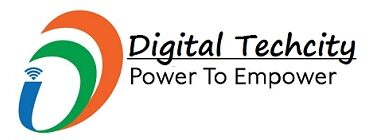We can enjoy the same content worldwide no matter the language we speak, thanks to the incredible translators. Translation software has made everything possible for people to communicate and for brands to deliver their products to their global audience swiftly while reducing costs and efforts.
Initially, a translation would happen in a document text or spreadsheet, separated from any visual context or related content. What was a juggling act of managing spreadsheets and emails has become an agile and automated process. Using translation software has become routine, but how can they translate your web or app content? It simply happens through APIs.
API means Application Programming Interface. By using an API, two applications can communicate with each other. A translation API operates as a software interface that developers can use to use machine translation capabilities to programmatically translate texts that their products display in localised versions.
As translation API mainly help with the communication between two applications, there is other software, such as travel translator, which improves your conversation with people who speak different languages. All you need to do is speak in your language, and your friend will see it in his mother language on his device. What an easy way to communicate, it eliminates the language barrier, and therefore you can communicate freely despite the circumstance.
Main Translation Software Features
The main functionality of localisation and translation software is based on a foundation of data analytics, automation functionality, artificial intelligence and easily accessed resources to help translators.
- Project management: translation software makes organising simple and ensures all your content is accounted for.With all your projects in one platform, brands may leverage translation software for a unified strategy throughout all their content across every platform. You can leverage the linguistic asset to ensure uniformity across translations, create a customised workflow, manage users and analyse each process step.
- Translation interface: computer-aided translation tools help translators simplify the process using the required tools and functions for uniform translation. Translation software tools offer several features, for example, automated quality check, brand assets, integrated quality, version control, visual context and string management.
- Content connectors: translation software connects directly to your content for a more straightforward translation process in two ways;
API connectors allow translation software to integrate with the present content platforms, enabling users to submit and retrieve professional translations with a click.
Translation proxies allow rapid deployment of content with a few developer investments needed. A translation proxy operates by delivering a translated form of your website to users, especially when there is a request.
Benefits of the Translation Software
Localised and translation software are designed to help translators in their work and, at the same time, provide control and transparency throughout the process. Software such as worldwide chat helps by producing high-quality translations, making communication easier. Translation software saves time and money and helps push the content to the market faster.
Conclusion
Translation software has made life so easy and comfortable; imagine advertising a product to a limited number of people who only understand your language; it minimises your market and lowers your sales. Translation software is a game changer. You’re always welcome to learn with us to know more about translation software.

